Tell me if you recognize this scenario.
You’re on your commute, enjoying the latest episode of your favorite podcast. Suddenly, the host starts talking about their “new favorite thing.”
Maybe it’s a mattress in a box. Maybe it’s a therapy app. Maybe it’s a toilet footstool.
Regardless of what it is, you find yourself listening even though you know it’s an ad. The podcast host sounds genuinely enthused and your curiosity is piqued. Soon, you can’t seem to listen to any podcast without hearing about that product or service.
Finally, the day comes that you too need a new mattress or a toilet footstool (whatever, we don’t judge). Guess which product immediately comes to mind.
That, in a nutshell, is the subtle beauty of digital audio advertising.
Digital audio has been experiencing quite a boom over the last few years. According to the 2019 Infinite Dial report by Edison Research and Triton Digital, the average American over the age of 12 now listens to nearly 17 hours of online audio per week.
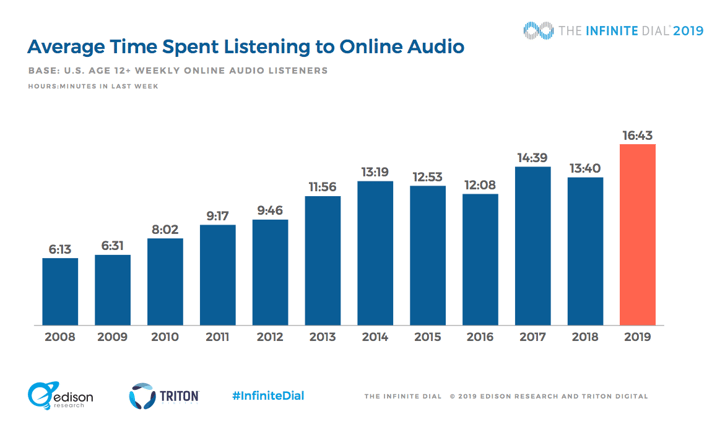
Furthermore, according to eMarketer, digital audio is set to surpass radio over the next 2 years.
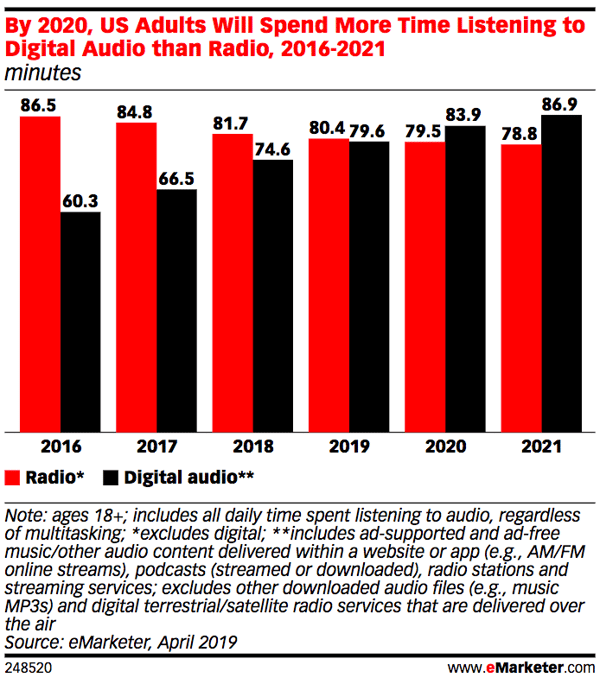
It’s that impressive growth that has attracted digital-savvy advertisers to the medium, which is becoming ripe with more and more users that are highly engaged and not yet ad-blind (which, if you’re in the display advertising game, you know is a BIG problem).
Digital audio comes in many forms, offering a diverse landscape that includes:
- Streaming music services
- AM/FM simulcasts
- Audio content aggregators
- On-demand audio content
Now, as a marketer, I can probably guess what you’re thinking right now.
“Great, yet ANOTHER channel to worry about. I thought that video was supposed to be the Next Big Thing?!”
Listen, you’re not wrong. There are SO many different ways to reach consumers these days and only so much budget to do it. And yes, video is still king when it comes to online content.
But adding digital audio to your advertising mix doesn’t need to be complicated. It can only enhance the campaigns you’re already investing in. And considering the fact that most modern consumers now prefer a seamless omnichannel experience, it may not be something you can ignore much longer.
So, bearing that all in mind, let’s explore three types of digital audio ads you can get started with in 2020.
Podcast Ads
Who knew that your favorite form of entertainment when you’re stuck in traffic could also be a great way to reach potential customers?!
If you don’t listen to podcasts yourself, there’s a good chance that you know a few avid listeners. As Edison Research puts it, podcasts have been experiencing “explosive year-over-year growth,” with weekly listeners averaging about 7 podcasts per week.
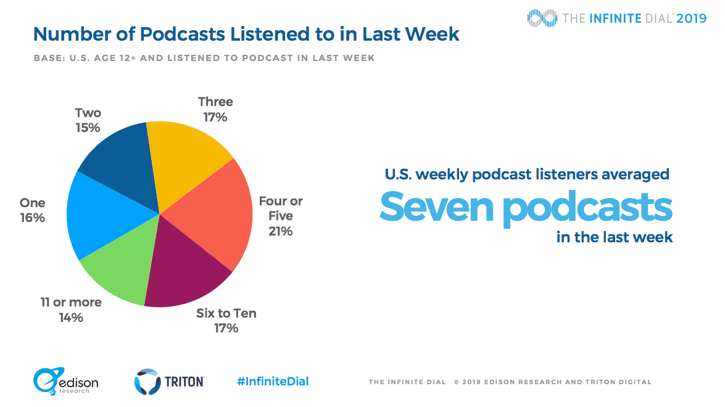
From a marketer’s perspective, there are many opportunities in podcast advertising. Just take a look at these numbers:
- There are over 700,000 podcasts in over 100 languages. (source)
- 70% of monthly podcast listeners don't do anything else while listening to a podcast. (source)
- 80% of listeners will listen to most or all of a podcast episode. (source)
- 55% of listeners say they’ve purchased something after hearing about it on a podcast. (source)
In short, the podcasting world is diverse and audiences are highly engaged. They’re also receptive to messages shared by their favorite podcasts — yes, even ads.
Typically, there are two different types of podcast ads:
- Pre-Produced Ads - These are pre-recorded spots either produced by the sponsor or read from a script by the host, then dropped into an episode during post-production.
- Native Ads - These are ads done live during the recording of an episode, often delivered off-script (i.e. the host talks about a product or service in their own words).
In terms of placements, there is somewhat of an “industry standard” that includes pre-roll, mid-roll, and post-roll. Pre-roll and post-roll ads typically run about 15 seconds, and mid-roll ads can be up to 60 seconds long.
Here’s the thing podcast ads, though. Context and delivery are everything.
Much like in content marketing, success with podcast ads doesn’t come from blasting people repeatedly in the face (or ear) with something that isn’t relevant to them.
Many podcasts have fiercely loyal fan bases, and those fans don’t listen to be sold stuff. In this regard, marketers need to do their homework and be discerning with the podcasts they advertise on.
The best type of podcast ads are placed within appropriate shows whose audiences can actually use the product/service being advertised (e.g. a meal prep subscription box ad on a foodie podcast). Even better when the hosts can approach the subject in a way that feels natural to their personality, rather than shoehorning in an irrelevant, pre-recorded spot.
RELATED: Thinking of starting your own podcast for your brand? Check out An Introduction to Branded Podcasts.
Streaming Audio Ads
As the digital world moves away from traditional TV and radio, it’s no surprise that online streaming services have taken over the way we consume media.
There are a few of these services that float to the top for audio consumers, with Pandora and Spotify pulling far ahead of the pack.
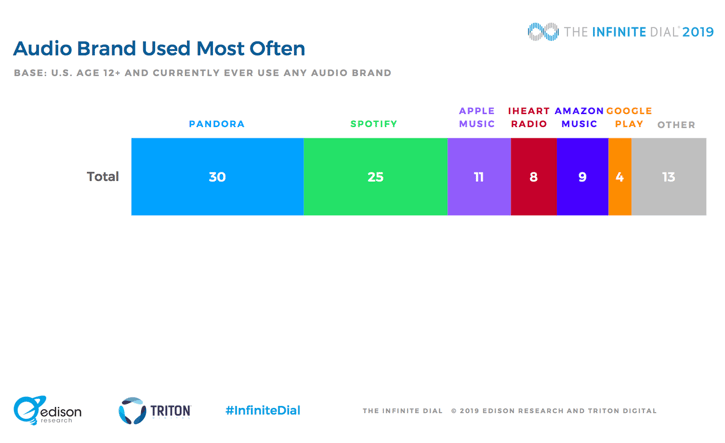
Ads on these services are nothing like the ads you hear on the radio, which rely on the ol’ one-to-many approach to reach as many ears as possible, no matter who they belong to.
On services like Spotify and Pandora, targeting options are much more nuanced, as they have a treasure trove of first-party data to identify users’ interests and online behaviors. This allows you to zero in on the right users at the right times and create a more relevant, personalized ad experience.
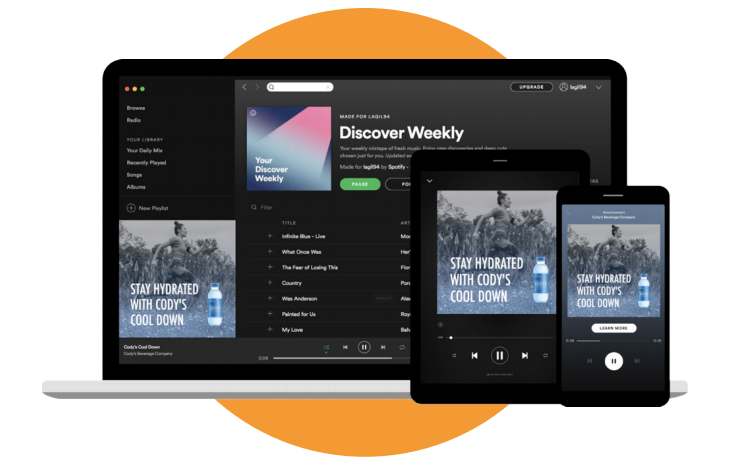
It's worth noting that many of these streaming audio services don’t just focus on audio ads. Depending on the platform, there could be a wide range of multimedia placements to choose from, including:
- Cross-Device Audio - Ads that play on mobile, desktop, tablets, gaming consoles, smart TVs, and even in-car apps.
- Display Ads - Banners that appear in various placements across a streaming app’s free version, including takeover screens.
- Sponsored Sessions - Video ads that offer users a stretch of ad-free listening in exchange for watching.
- Video Takeovers - Clickable video ads that cover the entire app screen during a commercial ad break.
- Sponsored Content - Branded experiences such as sponsored playlists or stations.
Luckily, from a media planning and buying perspective, adding streaming audio to your advertising mix is not as complicated as you might think.
Brands used to have to go direct-to-publisher, which required time-consuming research and the management of several different dashboards at once But over the last few years, programmatic audio advertising has changed that.
In 2018, Google rolled out audio ads through its DoubleClick platform, and many other media-buying platforms have since followed suit. This has enabled advertisers to access inventory across multiple streaming services — including big hitters like Spotify and Pandora — and manage it all through a single interface.
And since programmatic automates the “who” and “when” of ad delivery, brands can laser-focus their targeting and the DSP will continue to improve it over time via machine learning, which means less budget will get wasted on the wrong listeners.
Voice-Activated Ads
Up until now, audio advertising has been largely considered an “upper-funnel” activity. Listeners hear your ads, and you can only hope that they’ll recall them when it comes time to shop.
In 2019, however, streaming services like Spotify and Pandora began testing out voice-activated ads, which could transform the passive act of listening to music or podcasts into a potential interactive shopping experience.
Imagine standing in your kitchen cooking dinner, hearing an ad on Spotify for something that interests you, and being able to buy it without having to pause and wipe your hands. Voice-activated ads could go beyond just making people aware — they could offer a way for them to buy instantly, no hands required.
Spotify and Pandora are still in the testing phase, so these ads are currently limited to in-app activities like listening to a sponsored podcast or playlist. But the potential ability to remove purchase barriers and increase sales via screenless devices is tantalizing to many marketers.
As for how consumers feel about these ads, they are largely untested — for now. But according to Instreamatic, a voice dialogue marketing platform at the forefront of the voice-enabled ad wave, "38% of consumers have found voice ads to be less intrusive than traditional ads and 39% believe the ads are more engaging.”
This could therefore become a favorable option for advertisers in the face of increasing ad blindness to display ads and other types of visual formats.
Putting It All Together
As a marketer, it’s easy to feel like you need to focus on only the most innovative, futuristic trends to stay ahead of the curve. Just as the 2010s were marked by the inescapable necessity of video marketing, we’re all just waiting for the Next Big Thing that we must adopt to keep up with the ever-changing habits of consumers.
But the truth is, audio has always been popular, and that isn’t likely to change any time soon. While the technology around it may evolve, there will always be people who simply like to sit back and listen.
In those precious moments of attentiveness lies the opportunity to reach them — we just need to understand the medium and work with the experience rather than try to bend it to our will.
By expanding your media mix to include digital audio advertising, you have the ability to reach audiences on a level that works with their listening habits, in a space not yet oversaturated by competitors who are fighting against ad fatigue and blindness.
People are paying attention out there. The question is, are you?
.png?width=250&height=153&name=CSI-OverskiesRebrand_LOGO-01(smaller).png)

.png?width=100&height=61&name=CSI-OverskiesRebrand_LOGO-01(smaller).png)

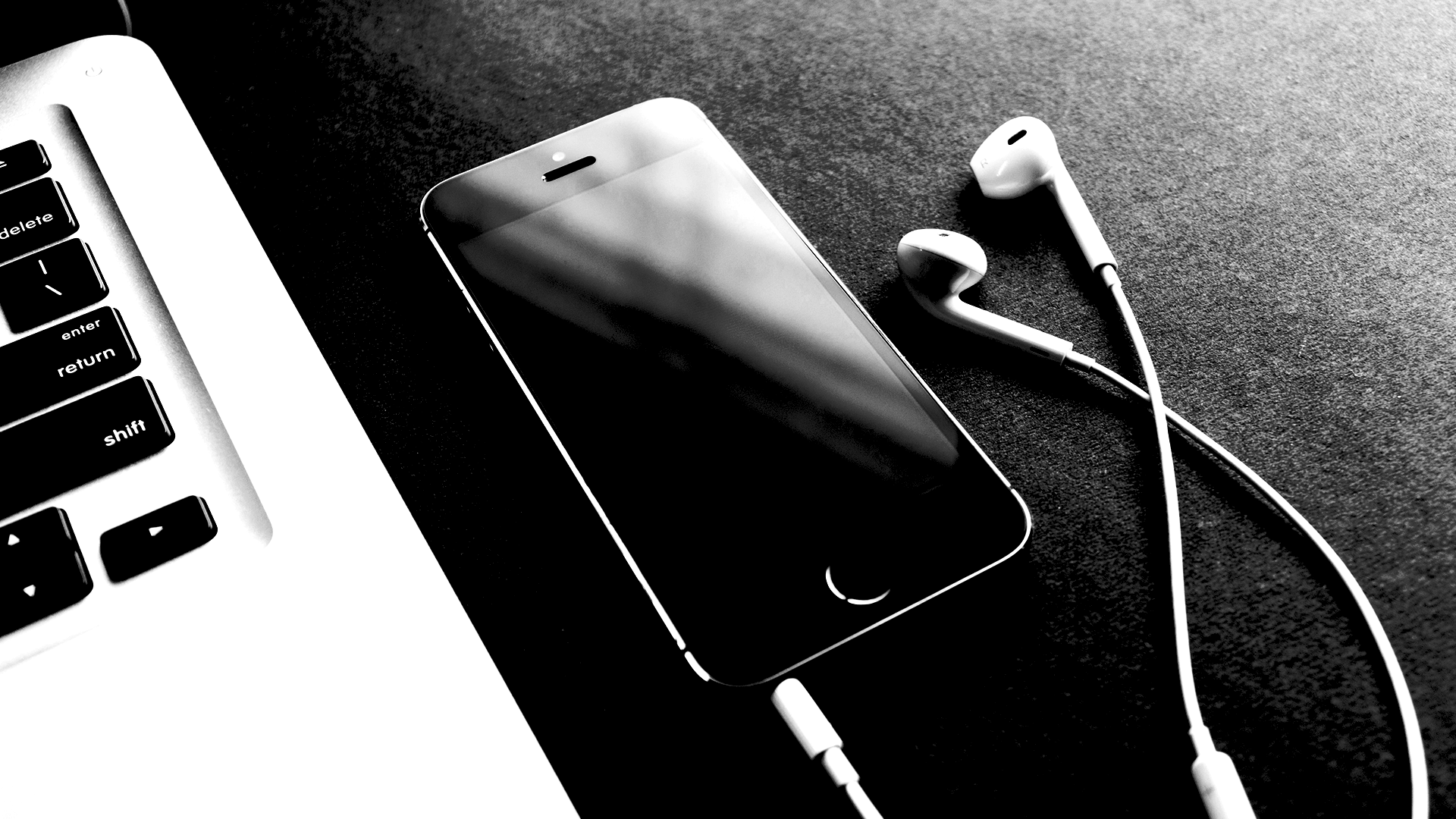
.png?width=88&name=CSI-OverskiesRebrand_LOGO-01(smaller).png)

